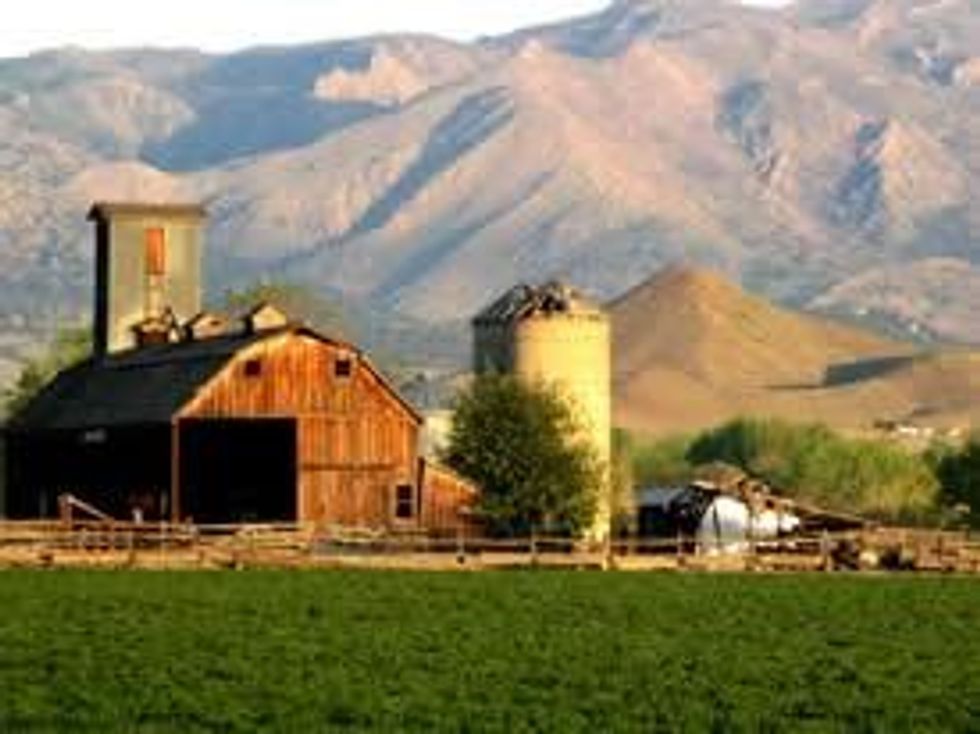I feel uneasy sleeping in a house without functioning smoke detectors. I lock my doors at night. I salt my sidewalk when it's icy. I always wear my seatbelt. Like most people, I prefer to minimize my chances of getting hurt or wrecking my car or house, despite the fact that my house, my car, and my health are all (thankfully) insured.
When it comes to agriculture and climate change, I'd like to see our nation take the same approach. Even though most farmers have crop insurance, we should make sure we are also helping them adapt their cropping and livestock systems so that they don't get wiped out by floods and droughts in the first place. Climate change is making extreme weather the new normal. It's prudent to do everything we can to protect our food supply.
Unfortunately, most agriculture lobbyists are too single-minded as they try to influence the soon-to-be-written 2012 Farm Bill. Several farm state legislators, aligned with commodity groups like the American Soybean Association, are advocating for what are called "shallow-loss" revenue insurance programs, in which up to 95 percent of farmers' revenue is guaranteed. But in this push to give farmers unprecedented levels of financial risk avoidance, there has been no mention of the need to help farmers prevent crop and livestock losses in the first place.
Farmers have always been at the mercy of the weather, which is why the federal government has offered subsidized crop insurance since the late 1930s. This kind of income insurance is critical to help keep farmers on the land, but our food supply needs insurance, too.
Right now, there are no requirements for farmers receiving subsidized crop insurance to comply with even the most minimal conservation measures that would help keep topsoil from washing away during floods, much less are they required or even encouraged to adopt farming practices that might help them avoid losing fields of food when extreme weather hits. This puts not only our food supply, but also taxpayers' pocketbooks, at risk. There is currently no limit on how much the federal government can spend on crop insurance payouts, and none proposed if insurance programs are expanded.
There are ways to make agriculture more resilient to extreme weather. Farmers can plant more perennial crops, which require less water and hold on better to soil during floods. In drought-prone regions, they can select drought-tolerant crop varieties or change grazing or irrigation methods, among other strategies. In the same way that I get a lower car insurance rate because my car has airbags, we must encourage farmers to adopt measures like these to reduce risk on the ground. Taking steps to make food production more stable in the face of climate change is good for farmers and for taxpayers.
It's clear from the more than $11 billion the federal government spent on crop insurance in 2011 that our country values keeping farmers in business. If we also value our food supply, we need to couple crop insurance with "climate insurance" to make sure that in the wake of the next round of floods and droughts, our food is safe, and so are our farmers.

